The West Point Years July 1940 - June 1943
These are pictures and videos from Ernie's time at West Point. Most of the images are from the June 1943 Howitzer
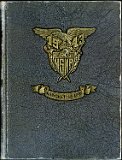
|
 June 1943 Howitzer Inside Front Cover June 1943 Howitzer Inside Front Cover |
 June 1943 Howitzer Credits June 1943 Howitzer Credits |

|
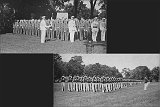
|
 1941 Howitzer C Company Portrait 1941 Howitzer C Company Portrait |
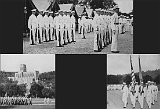
|
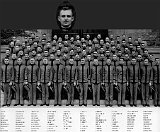 1941 Howitzer C Company Plebes 1941 Howitzer C Company Plebes |
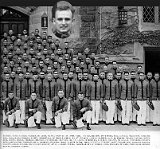 1942 Howitzer C Company Yearlings 1942 Howitzer C Company Yearlings |
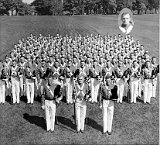 1942 Howitzer C Company Portrait 1942 Howitzer C Company Portrait |
 1942 Cow Summer Flight Training: PT-17 Stearman "Kaydet" trainers 1942 Cow Summer Flight Training: PT-17 Stearman "Kaydet" trainers |
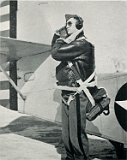
|

|
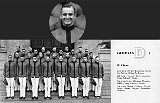 January 43 Howitzer D-1 Company Cows January 43 Howitzer D-1 Company Cows |
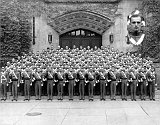 January 43 Howitzer D-1 Company January 43 Howitzer D-1 Company |

|
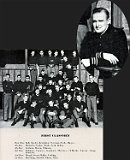 June 1943 Howitzer Company D-1 Firsties June 1943 Howitzer Company D-1 Firsties |
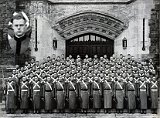 June 1943 Howitzer Company D-1 June 1943 Howitzer Company D-1 |
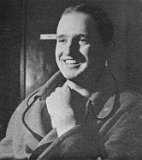
|
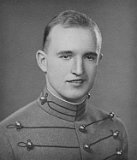 Ernie's Graduation Portrait Ernie's Graduation Portrait |

|
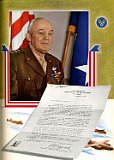
|
 514 West Point Cadets Graduate Into U.S. Army (1:14) 514 West Point Cadets Graduate Into U.S. Army (1:14) |
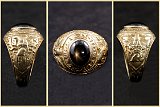
|

























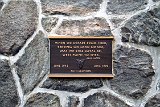
Note: Due to scanner size limitations, this image was formed from two separate scans